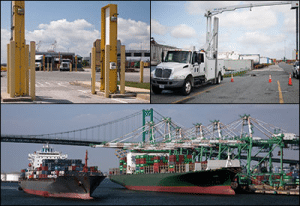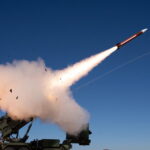
There still isn’t technology available that will automatically detect potential threats inside of shipping containers, and without such a capability manual operators are still needed to identify potential threats, a process that takes time and would slow the pace of commerce if implemented at ports that ship cargo directly to the United States, a Customs and Border Protection (CBP) official told House members on Thursday.The “biggest” challenge in the four-year long Secure Freight Initiative (SFI) that was piloted at six…

 By
By 











